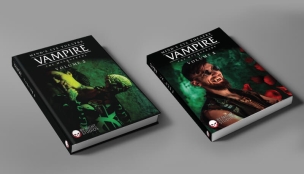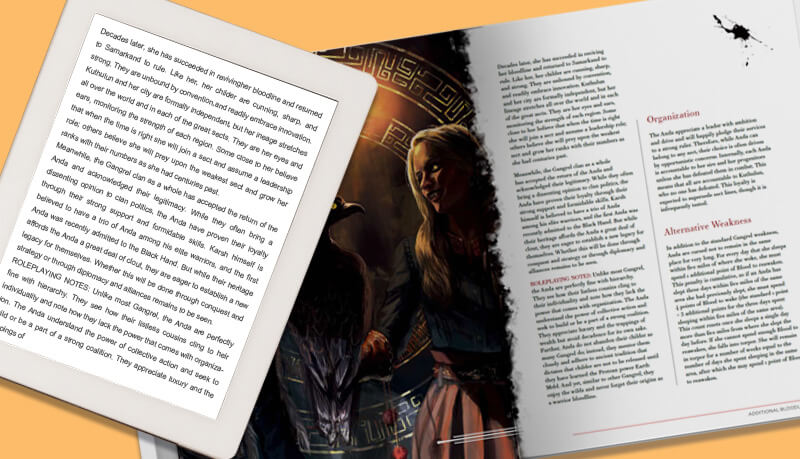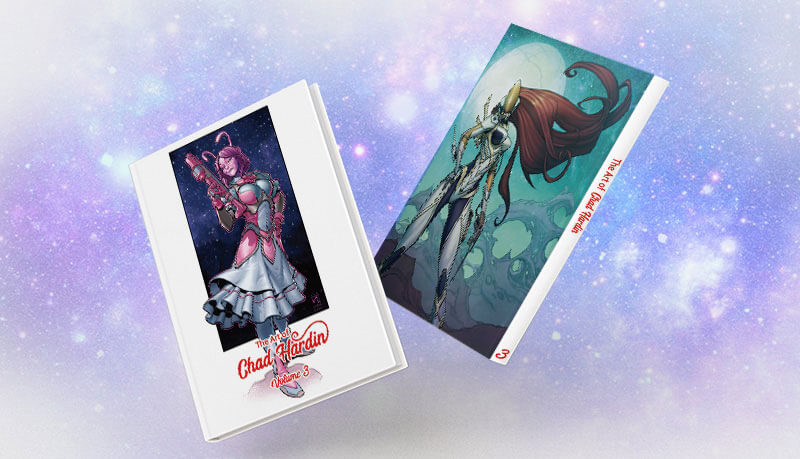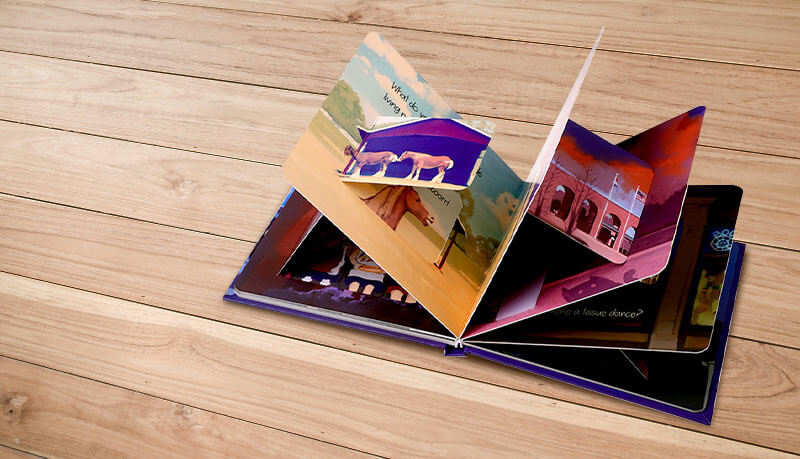Paperback may seem like the obvious choice when self-publishing, but several book types need hardcovers, and others work well in both formats. We help you make sense of it all.
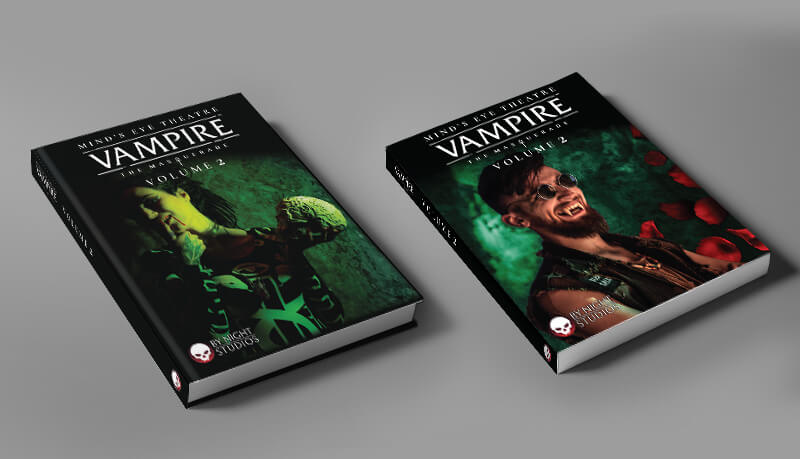
While most self-publishers create eBook editions, the savvy ones and those publishing in certain niches that require it, also print and publish paperback and hardcover editions. So, in this post we'll look at how to choose between paperback and hardcover for your self-published books. Choosing the best format for your print books is the next important step. But fear not. We'll guide you through everything you need to consider.
How to choose between paperback and hardcover format for your book
With how to choose between paperback and hardcover editions of your printed book, there are also several factors to consider. And in one sense, self-publishers often do well to reverse the strategy commonly adopted by mainstream publishing houses. But we'll come to that in a minute. First, let's look at your options.
- Print a paperback (“perfect bound”) edition only
- Print a hardcover (“case bound”) edition only
- Print both a paperback and a hardcover edition
- Print in an alternative format such as saddle-stitch or board book
So, what does that mean in practice? Well, similarly to the question of print and electronic formats, certain books are essentially limited to hardcovers, both by the dictates of tradition, practicality, and presentation. Coffee table books, photography books, and art books for example. Others are only ever published in paperback. Middle grade chapter books, essay collections, and most poetry fall into that category. Children's picture books, which frequently have fewer than 48 pages, and comics are normally published in saddle-stitch format and board books — whether for children or adults — are a special case in their own right.
Paperback format
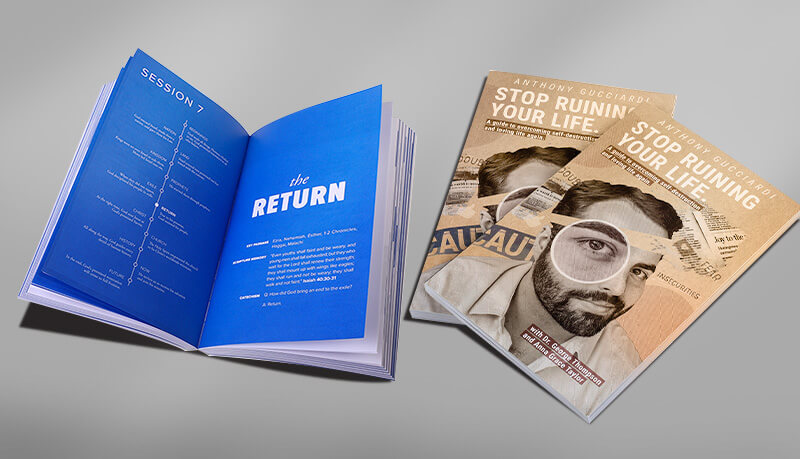
Also known as softcover and perfect bound, the paperback book is the most popular, and widely recognized. Think of any novel you'd pick up at the bookstore, airport, rail station, or supermarket, and you're probably looking at a “perfect bound” paperback. The name comes from the fact that the cover and the interior pages are perfectly aligned unlike in a hardcover, where the casing overhangs the inside block of pages.
Paperbacks are great for genre fiction, some memoirs, and non-fiction such as self-help, pop psychology, and middle grade chapter books. They have a lot of advantages from both the reader and the publisher's perspective. For example:
- Relatively cheap to produce but still professional-looking
- Popular and recognizable
- Easy to store and ship
- Slip into a bag or pocket for readers-on-the-move
Even if you're publishing electronic books, too, a paperback edition is a great way to get your book to people who love to read in print while keeping your production costs down to a minimum. Now, let's consider hardcovers.
Hardcover format books
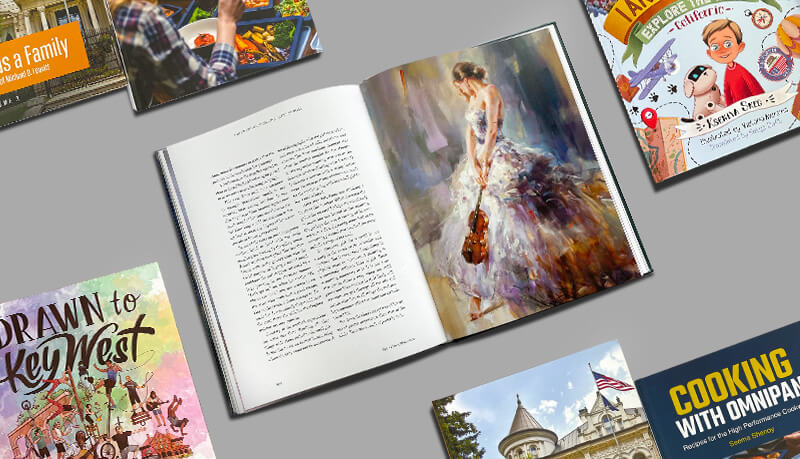
Hardcovers, also known as hardback or case bound books, are more durable, can have a higher page count, and often have extras such as a printed dust jacket, marker ribbons, or a slip case.
Hardcovers have, as the name implies, a rigid cardboard casing, typically covered with printed paper, cloth, or leather which binds around the page block. The cover overhangs the page block giving extra protection for the interior.
Hardcovers are great for special editions of fiction, some memoirs, and lots of non-fiction titles such as history, biography, science, cookbooks, art and photography books, coffee table books, and text books, for example. They also have several potential advantages from both the reader and the publisher's perspective. For example:
- Higher perceived value, commanding a much higher retail price while not costing much more to produce than a paperback
- Robust and durable
- Look great and attract attention in stores and on bookshelves
- Add a sense of authority to the author
Even if you're publishing electronic books and paperbacks, too, a hardcover edition can make sense. It all depends on the stage you're at on your self-publishing journey. While mainstream publishers frequently produce a limited run hardcover edition first and then follow up with a longer run of paperbacks if sales are good, successful self-publishers often do well if they reverse that system. So, get your tester eBook out there and follow up with a paperback; but once you have a solid fanbase and a large and responsive email list, you can scale up your book by printing and publishing special editions or collected series in exclusive hardcovers which will be snapped up and prized by your dedicated fans.
It's a good marketing system to provide your readers and potential readers with a range of formats from which to choose. And if you would like to get your books into public and private libraries as a self-publisher, then hardcover editions are a perfect option as librarians favor them for their resilience to repeated handling and reading.
How to choose the best trim size for your book
Your book's trim size refers to its final dimensions after cutting and binding processes are complete. Paperback books can be printed in a considerable range of sizes and in either portrait or landscape orientations. The size and orientation you choose depend on your book's genre, your target market, the balance of text and artwork, and more. But to help you get an idea, here's a list of the most common sizes by book type:
- For fiction: 5.5" by 8.5" and 6" by 9" are the most popular and serve as the “industry standard”.
- Educational and textbooks: 6" by 9" and 8.5" by 11" are the most common choices.
- Early readers: an 8.5" by 8.5" square is a good option.
But we can customize the trim size according to your specific needs. In order to figure out which trim size to choose, answer the following helpful questions:
- Examine the market. Look at bestselling books in your genre or category. What is the most common trim size?
- Now look at mainstream published books in your genre. What trim size and orientation is currently preferred?
- If you aim to sell your book through high street and independent bookstores, get it into libraries, and take it to book fairs, what impact will the trim size have on how easy it is to distribute, shelve, and display?
- Play with a combination of different potential trim sizes and paper types, as these will both influence how many pages your book has. You can use our free online print calculator for this.
Finally, the trim size you choose is entirely up to you. However, if you want to market and sell your books, it makes sense to consider what is already working for other publishers, reader expectations for your genre and category, and the impact of your decision on the costs of production and your profit margin.
Another important consideration when deciding on trim size is the thickness of your spine (which comes from calculating paper thickness by number of pages) as that will have a significant impact on the amount of reader-facing printable “real estate” available when your book is displayed on a bookshelf.
One advantage of working with us when you're deciding how to choose between paperback and hardcover for self-publishing is that, as an international offset printer, we also work with mainstream publishing houses all over the world. What that means is that your book will be indistinguishable from a mainstream published book. It won't have that “print-on-demand” amateur feel with a cover that curls after a few weeks and odd-feeling paper. You can make it what you want. Which brings us neatly to three other factors that bear on your choice of format between paperback and hardcover.
Paper weight, color, and finishes
Paper weight: In printing and publishing we talk about “paper weight” but this is a little misleading because it actually refers to the thickness of a sheet of paper. With a digital or POD (print on demand) printer, you may get to choose between one or two options, or you may have no choice at all. With an offset printer such as QinPrinting, the world, as they say, is your oyster. We have literally hundreds of paper types, textures. and weights (thicknesses) from which you can choose. The weight of your paper option will influence both the look and feel of your book — whether paperback or hardcover — and the overall size, page number, and spine thickness. So, this is a vital aspect to think about when deciding on your book format.
Paper color: One of the most severe limitations with Amazon KDP, Ingram Spark, Lulu and others is that you have a binary choice between “white” and “cream” colored paper. With us, you can choose between literally hundreds of paper shades, textures, and more. The POD looks so obvious because of the paper they use — that no mainstream publisher would ever go near! — and it's off-putting for a lot of readers.
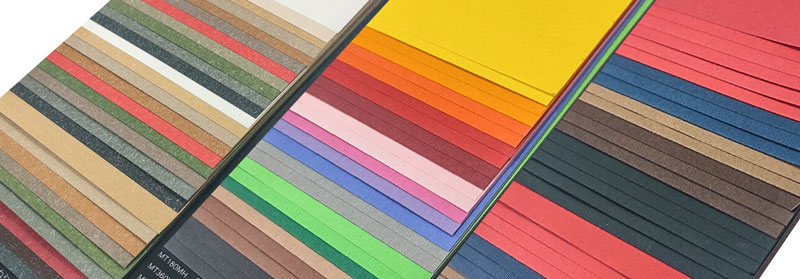
Cover finish: We offer a comprehensive range of cover finishes for your paperback or hardcover, including gloss, matte, or soft-touch laminates, spot UV coating, metallic foil stamping and special features like embossing, debossing, and die cutting to make your book look truly unique and utterly professional.
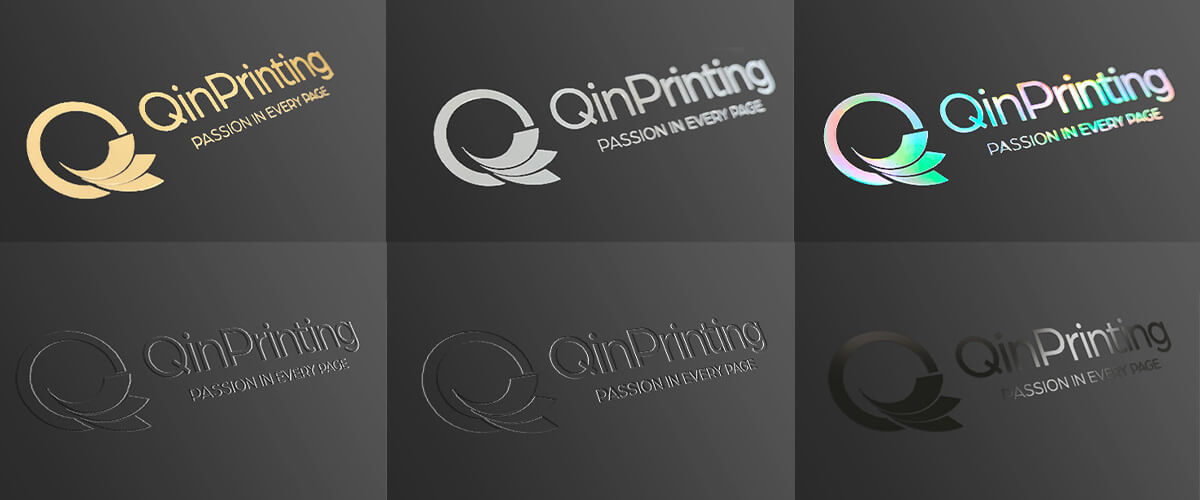
Talk to us!
We hope that's been helpful and that now you have a much better idea about how to choose between paperback and hardcover formats for your self-published book. If you have questions, please just call us, shoot us an email, get in touch through the chat or contact form. We can't wait to help you print a book that will leave you — and your readers — delighted by its beauty, quality, and professionalism.





